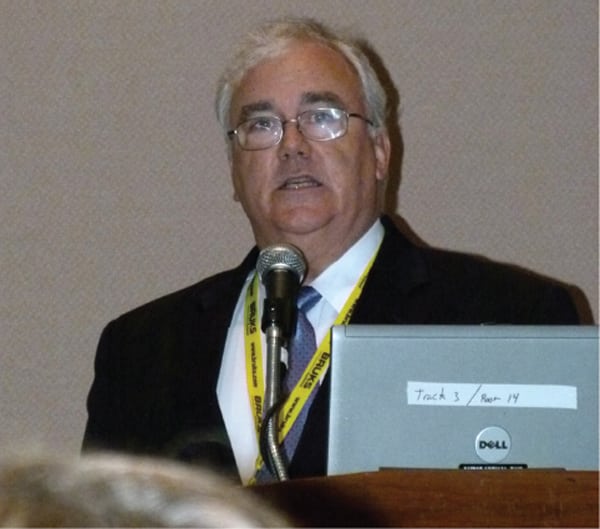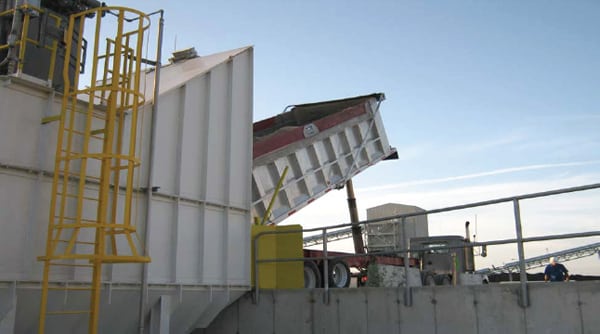
Risk, risk management, and the specter of Fukushima ran through the nuclear track at May’s ELECTRIC POWER Conference in Chicago. The reality of risk, driven home by the horrendous events…
Monthly Issue | July 1, 2011

Risk, risk management, and the specter of Fukushima ran through the nuclear track at May’s ELECTRIC POWER Conference in Chicago. The reality of risk, driven home by the horrendous events…
Most regulatory agencies look for ways to extend their reach, often in response to events that directly affect matters squarely within their regulatory purview, but which involve transactions or practices…
At the close of 2009, the U.S. geothermal industry had seen seven new geothermal power plants come online in the previous 12 months. In 2010, only one new power plant…
In the April “Focus on O&M,” we began a series of articles on predictive maintenance (PdM), also known as condition-based maintenance. In that article we introduce PdM as a process…

In today’s solid-fueled power plant, managing emissions and moving materials more defines the task than the traditional work of making megawatts. That’s the message that emerged from the coal and…
The late Dr. Carl Sagan once observed, “We live in a society exquisitely dependent on science and technology, in which hardly anyone knows anything about science and technology (S&T).” I…
Perhaps the most echoed sentiment at the American Wind Energy Association's (AWEA's) WINDPOWER 2011 Conference & Exhibition, which took place May 22 to 25 in Anaheim, Calif., was the call…

Xcel Energy’s coal-fired Cameo Station in southern Colorado ran a pilot program from July 2010 to Dec. 2010 that integrated concentrating solar generation until the Cameo plant was retired at…

Driven by state RPS requirements and the desire to diversify their energy sources, U.S. utilities continue to add more renewable power to their generation portfolios. As a result, they must…

Gas turbine makers GE, Siemens, and Mitsubishi Heavy Industries (MHI) in the last week of May separately profiled unprecedented results from development or testing of three innovative combined-cycle gas turbine…